Fun fact about me, I’m extremely detailed and get way too excited over the opportunity to make any kind of list or plan. When the idea of batchwork started appearing in my life I thought, “How and how soon can I implement this?”
I originally heard of batchwork from Jenna Kutcher and her podcast Goal Digger. If you haven’t heard of her or her podcast I highly recommend, you can check out the batchwork podcast here. She refers to it as “highly focused, topic specific forms of working.” The idea is to get as granular as possible until the work you’re doing is all in the same arena such as writing captions, writing blogs, sending invoices, etc. so that you’re only focused on ONE thing before you move to the next. I’ll admit, for the longest time I would be thinking day to day on Instagram captions, blog content and what needed to be done for client work. We don’t realize how much time we waste bouncing around from task to task. Since implementing this method I feel like I have soooo much more time. Makes sense right?
Since discovering this process I’ve recognized there’s so many other ways you can implement it. Errands to run, house chores, client work, the list is endless. For the purpose of this blog I’ll be mainly focusing on it’s use in your professional life. Ready to get to (batch) work? Here’s how you can start implementing it.
Step 1: Assign main topics or categories
These are the top level topics, clients, or items. For instance if you’re batchworking by client work your main topic would be each client. If you’re batchworking your blog or Instagram content your main topics would be the 3-5 categories you focus on in your business or content. If you haven’t determined those yet, this is a great way to start strategizing and creating those focuses!
For instance your main topics may look something like this:
Client A
TBD subtopics
Client B
TBD subtopics
Client C
TBD subtopics
Or if you’re doing blogging and Instagram content this:
Topic A-”Foodie”
TBD subtopic
Topic B-”Fashion”
TBD subtopic
Topic C-”Workouts”
TBD subtopic
Step 2: Create buckets or subtopics in each basket
Not to sound redundant, but these would be the next step down from the main category. As mentioned, if your main category is a client these categories would be the areas in which you’re working with a client. If you do blogging, social media, and website content those are your buckets or subtopics. If you’re doing Instagram content this is where you create a “topic” or thought under each main category that will inspire more of a long form conversation or caption.
Referring to our original example, if you’re doing client work your subtopics may look something like this:
Client A
Blogging
Instagram
Website Pages
Client B
Blogging
Instagram
Website Pages
Client C
Blogging
Instagram
Website Pages
Or for the blog and Instagram content example this:
Topic A-”Foodie”
Favorite Sandwiches
Places I’ve Eaten Recently
Favorite Foodie Cities
Topic B-”Fashion”
Jeans I’m Loving
Business Casual Outfits
My Favorite Dresses for Weddings
Topic C-”Workouts”
Travel Workouts
At Home Workouts
Bodyweight Workouts
Step 3: Create ideas, thoughts, or results within each bucket that are the action items you’ll actually be completing.
If you’re working on blog or Instagram content, this is where the actual “batchwork” part comes in. Set a timer, choose a main topic and the accompanying subtopics and start writing. If you’re doing client work, think of the topics or specific tasks under each subtopic that you’ll need to be completing.
Referring to our original example, if you’re doing client work your subtopics may look something like this:
Client A
Blogging
Blog topic 1
Blog topic 2
Instagram
Caption topic 1
Caption topic 2
Website Pages
Web page 1
Web page 2
Client B
Blogging
Blog topic 1
Blog topic 2
Instagram
Caption topic 1
Caption topic 2
Website Pages
Web page 1
Web page 2
Client C
Blogging
Blog topic 1
Blog topic 2
Instagram
Caption topic 1
Caption topic 2
Website Pages
Web page 1
Web page 2
Or for the blog and Instagram content example this:
Topic A-”Foodie”
Favorite Sandwiches
Here is where you start writing out the captions or ideas. If you’re too this point this is where I suggest choosing “Topic A” and working through the captions or content within that main heading and then moving on to topic B.
Places I’ve Eaten Recently
For myself, I have 4 main categories and try to do three subtopics for each main category and ONE of those subtopics as a caption and a blog. I’ll include a screenshot of this at the end of this article.
Favorite Foodie Cities
More captions and content
Topic B-”Fashion”
Jeans I’m Loving
More captions and content
Business Casual Outfits
More captions and content
My Favorite Dresses for Weddings
More captions and content
Topic C-”Workouts”
Travel Workouts
More captions and content
At Home Workouts
More captions and content
Bodyweight Workouts
More captions and content
Step 4: Determine your plan of attack and get as highly specific as possible. The more alike the items you are working on are, the better. I recommend starting with a subtopic group and focusing your attention there first. Remove all distractions such as extra tabs, your cellphone.
What I love about this process is you can make it as highly detailed or as vague as you need it to be for you to make it work. I personally follow both levels of processes, both for client and personal business. I recently planned out my January blog and Instagram content and grabbed some screenshots midway through the process as a better example.
